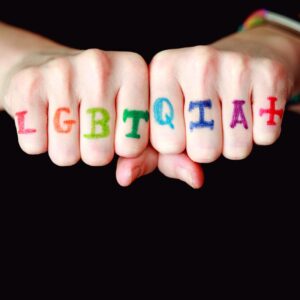Historically, “queer” was used in a derogatory sense, targeting individuals who deviated from societal norms concerning sexual orientation or gender identity. However, during the late 20th century, particularly amid the AIDS crisis, LGBTQ+ activists courageously reclaimed the word. By transforming “queer” from a term of hate into a declaration of identity and resilience, they turned the tables on those who sought to marginalize them.
In modern discourse, “queer” is used as an umbrella term for a range of identities beyond heterosexuality and cisgender norms. It offers a flexible, encompassing alternative for those who find traditional labels too restrictive or limiting. In this way, “queer” recognizes the fluid nature of sexual orientation and gender identity, fostering inclusivity and acceptance.
The term “queer” has also gained considerable mainstream acceptance, thanks in part to its visibility in popular culture and media. TV shows like “Queer Eye” have played an instrumental role in redefining and mainstreaming the term, helping to disperse lingering negative connotations.
While making the case for “queer,” it’s important to note that some individuals within the LGBTQ+ community still associate the term with its derogatory past. Respect for these perspectives is crucial. However, the continued use and promotion of “queer” by many can contribute to further diluting its negative historical connotations and underline its status as a term of empowerment and inclusivity.
The use of the term “queer” represents an ongoing dialogue about identity, acceptance, and the transformative power of language. Its fluidity and inclusivity offer a valuable tool for facilitating broader understanding and acceptance, reflecting the rich diversity of experiences within the LGBTQ+ community. It is a powerful symbol of how a community can reclaim and redefine the narratives about its identity.

